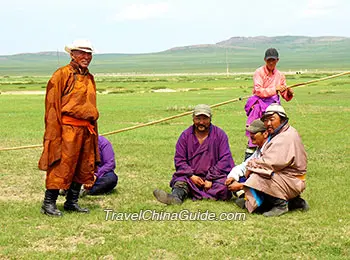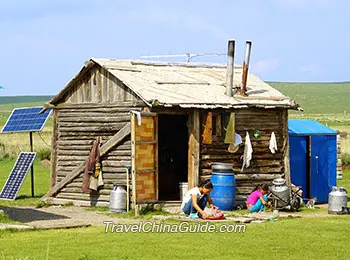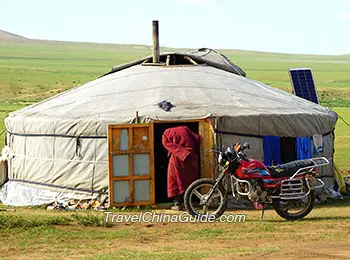6 Things to Learn about Mongolian People
If you love travelling to maverick places, Mongolia must be on your bucket list. This serene country is definitely one of the most unusual travel places that will offer a lifetime of experience. Before visiting, it is necessary that you understand and have a heads on about the basic etiquettes and culture of Mongolian people.
Mongols is a central Asian ethnographic group who primarily lived in the Mongolian plateau and followed a very nomadic tradition. The homeland of these people are now divided into the Inner Mongolia (autonomous region of China) and into independent country of Mongolia (Outer Mongolia).
See more about Mongolian Traditions
See more about Mongolian Traditions
1. Population Distribution
 |
| Mongolian People |
Some interesting facts about Mongolian population -
• Mongolian people comprises about 0.04% of the entire world population
• Population density is 2 per sq km
• About 72.9 % of the population is urban
• 27.4 years is the median age of Mongolian people
2. Features of Mongolians
By now seen you must have seen some TV documentaries and/or movies how the people in this country look like; and most likely you think they all look dark, tall and bulky.
But the truth is individual Mongolian can look way different from each other depending on which tribe they are from. That being said, there are some stereotypical facial features such as -
• high and big cheekbones, which is also commonly seen in folks of Northern and Northeastern Asia
• most of them have a stocky build because of the Mongolian diet and climate
• bigger heads and rounder faces are common
• fair and pale skin textured Mongolians are more than the dark skinned ones
• high and big cheekbones, which is also commonly seen in folks of Northern and Northeastern Asia
• most of them have a stocky build because of the Mongolian diet and climate
• bigger heads and rounder faces are common
• fair and pale skin textured Mongolians are more than the dark skinned ones
3. Common Mongolian Look and Style
• Nomads or those who are in villages
• Urban Mongolians
• Minority Ethnic Groups
4. The Reindeer People
5. Lifestyles & Customs
For example, the Mongolia ger always has its door towards the south. The north of any house is a place of honor where the families keep their photographs or the Buddha statue. The east side is where utensils are stored or a woman cooks.
|
|
For any traditional Mongolian culture, people wear the national costume called the deel. It is a long gown in silk with bright colors and various patterns.
Visiting relatives exchanging gifts on New Year holiday still remains one of the very prominent customs of the country.
6. Etiquettes
It is extremely impolite to refuse the food or drink offered to you.
See more about Best Mongolia Foods & Top 4 Mongolian Street Food
See more about Best Mongolia Foods & Top 4 Mongolian Street Food
Hat is a very important part of Mongolian culture. So, you should never touch any other person's hat. Also, make sure not to keep it on the floor or on the chair when you are not wearing it.
Do not lean against the walls of the Mongolian gers as they represent stability. Since it is not a very solid structure, practically you would not want it to collapse.
While inside a Mongolian family ger, do not whistle. It is just to call the spirits and is not a much appreciated attitude.
For many Mongolian people, touching or patting on their heads is a sign of bad luck. This is even true for children, so make sure not to pat on the head.
Any Mongolian family is very hospitable in general. Try to have a little knowledge about the local customs to avoid any unnecessary cultural faux pass.
 Further Reading:Top 7 Fun Facts about Mongolia6 Things to Know Before You Visit Mongolia
Further Reading:Top 7 Fun Facts about Mongolia6 Things to Know Before You Visit Mongolia
- Last updated on Aug. 13, 2025 by Gabby Li -

